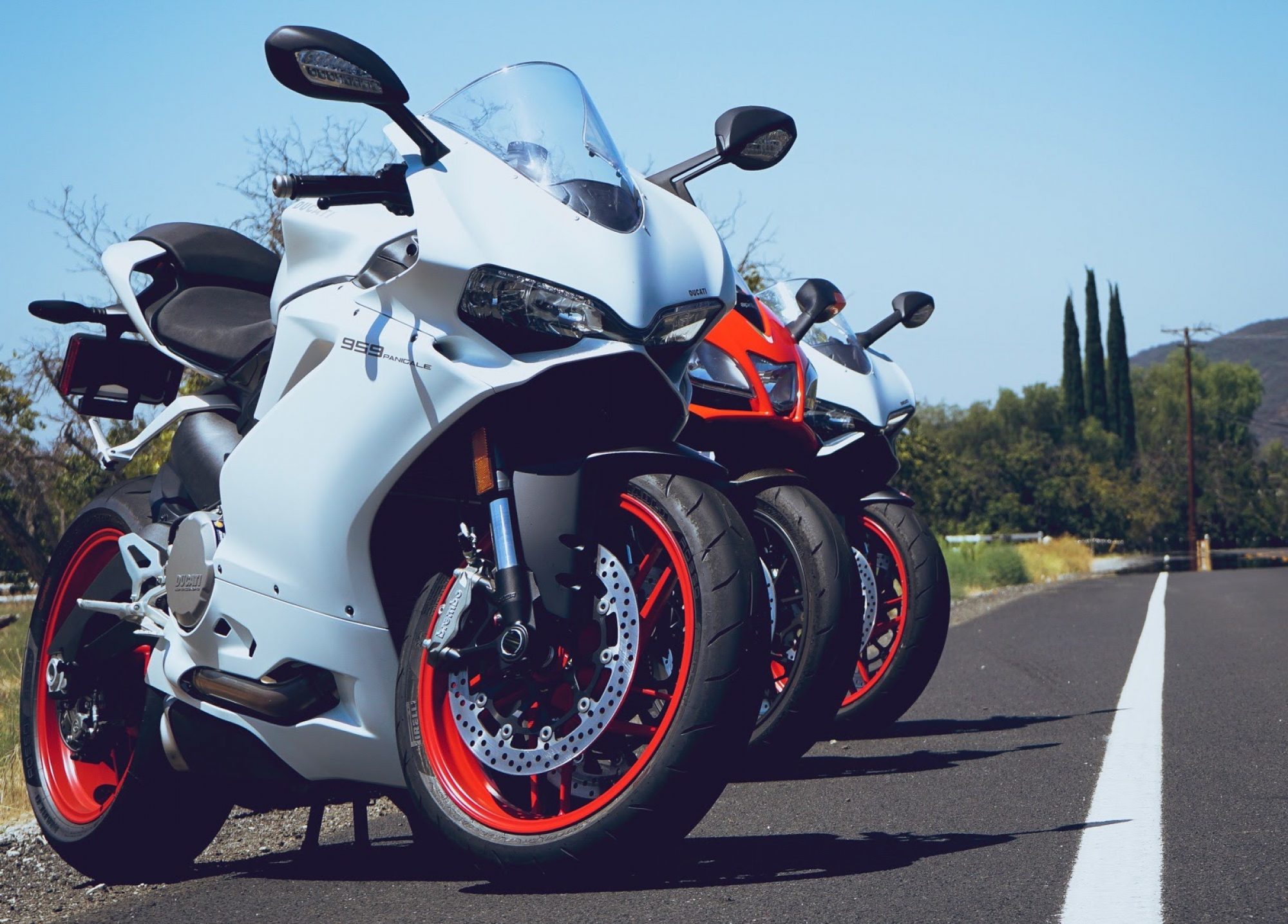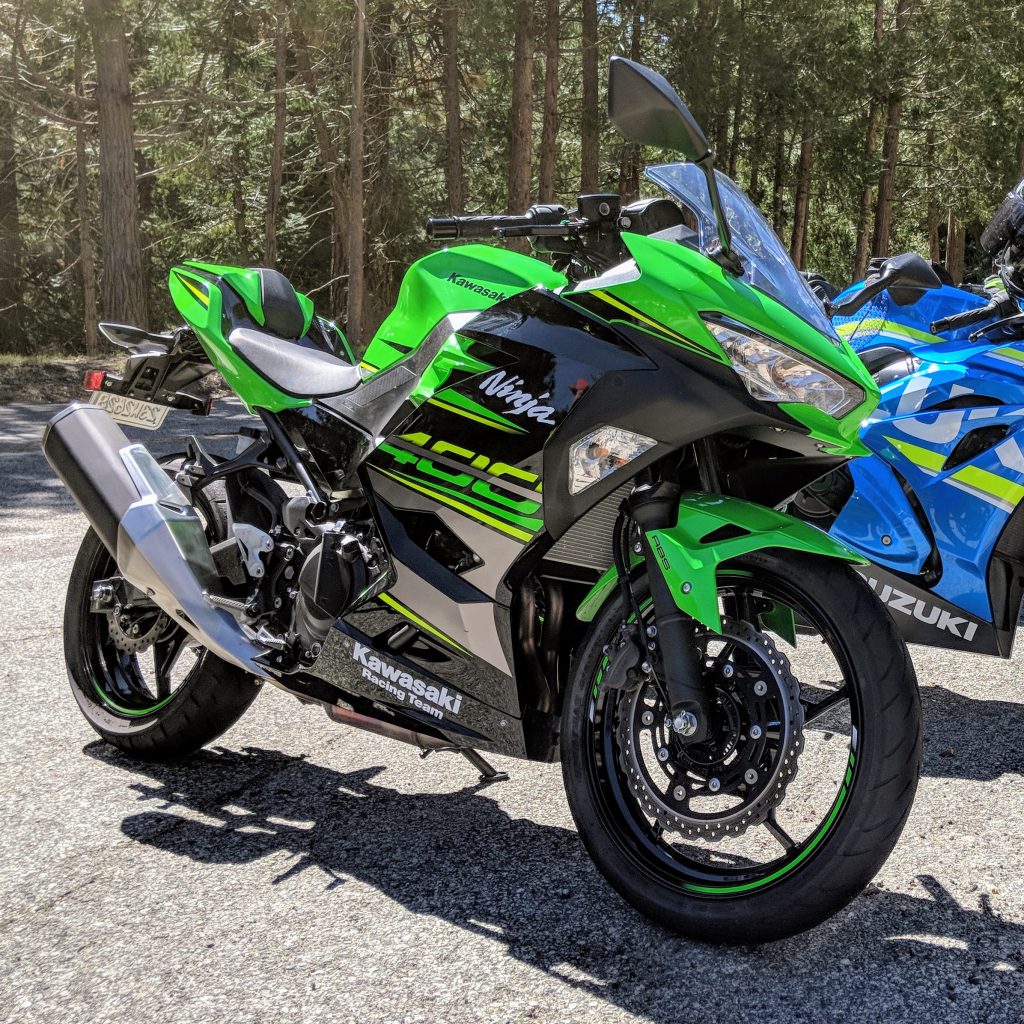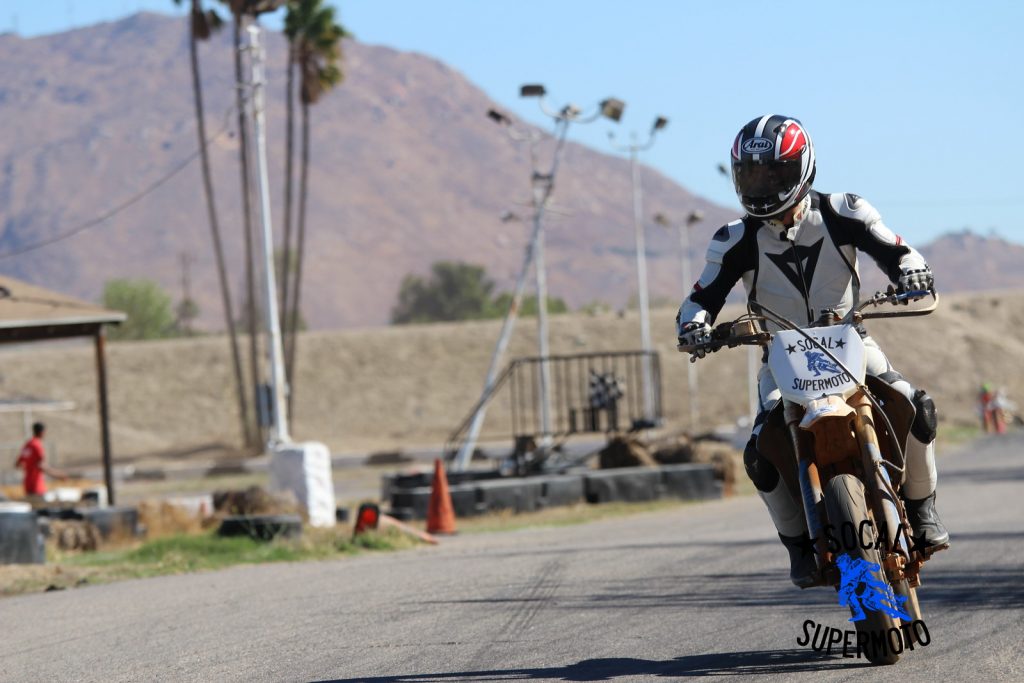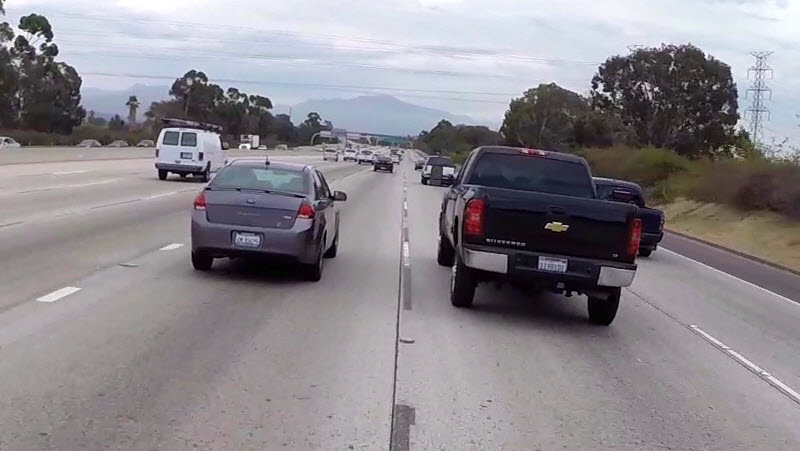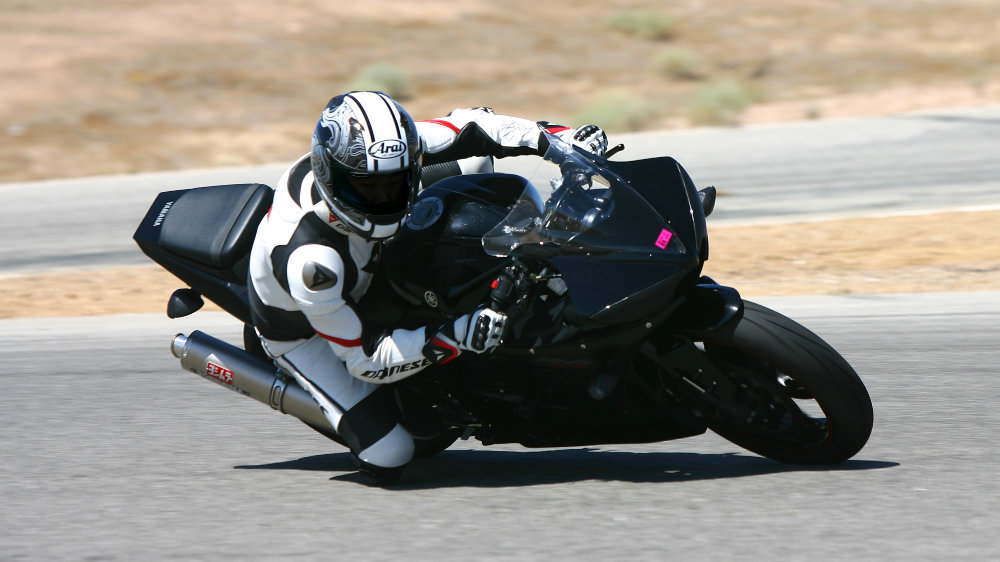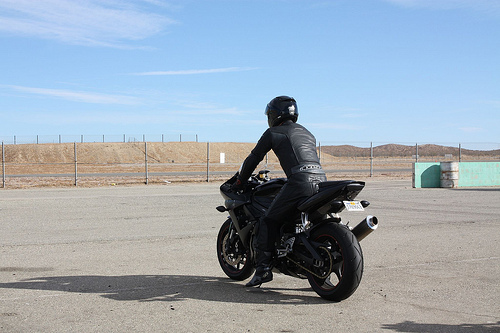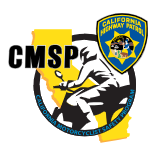
If you live in California and want to learn how to ride a motorcycle safely and get your motorcycle license, the best way to do this is taking the California Motorcyclist Safety Course. You get excellent safety training in the classroom and actual riding experience on a practice course using the program’s motorcycles. And as a huge bonus, completing the course allows you to skip the DMV motorcycle skills test for your motorcycle license (you only need to pass the written test).
Similar to the MSF Basic RiderCourse, which is no longer offered in California, the course is typically spread out over 2 or 3 days and consists of 5 hours in the classroom plus 10 hours on a motorcycle on the practice course (typically a very large parking lot with cones). As of August 2023 the cost is $425, but this is money well spent as attendees learn critical riding and safety skills.
The link to the program is below; you can check out the requirements, schedule yourself for the course, and prepare to get your motorcycle license.
